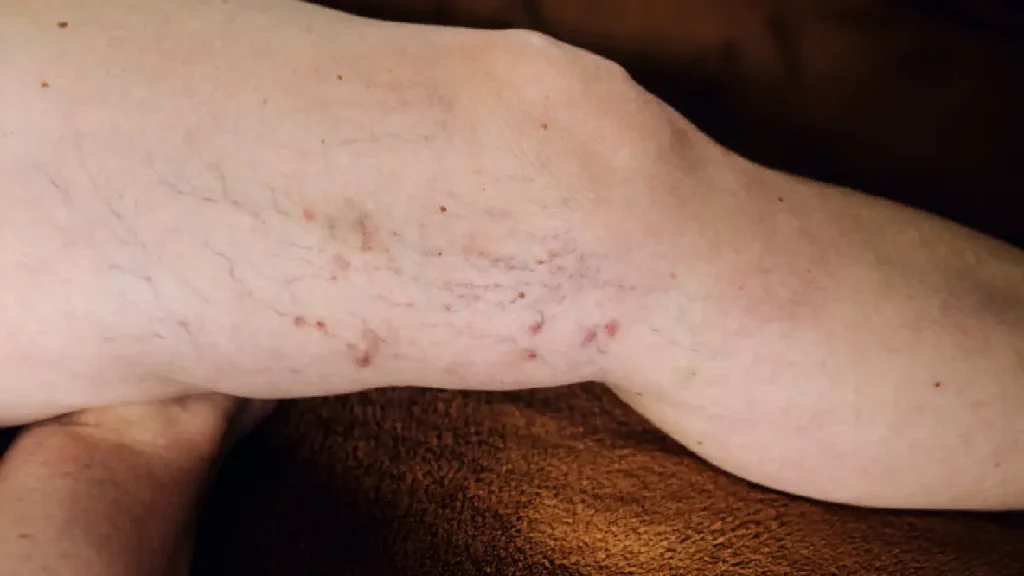In the quest for less invasive, more efficient treatments for vein disorders, one procedure stands out above the rest: radiofrequency ablation. This cutting-edge technique has transformed the landscape of vascular medicine, offering patients a blend of effectiveness, safety, and minimal recovery time. Dive into the world of vein health with us as we explore why radiofrequency ablation is quickly becoming the go-to choice for patients and doctors alike.

Understanding Vein Disorders and Common Treatments
Vein disorders, encompassing conditions like varicose and spider veins, can range from cosmetic nuisances to serious medical issues. These disorders are often the consequence of venous insufficiency, where veins struggle to send blood back to the heart, causing blood to pool. Traditional treatments have spanned from compression stockings to surgical stripping, each with their own set of limitations and discomforts.
The landscape of treating vein disorders has evolved dramatically with technology. Procedures are now less invasive, emphasizing patient comfort and recovery. Among these advancements, radiofrequency ablation has emerged as a frontrunner, offering a compelling mix of efficacy, safety, and minimal downtime, setting a new benchmark in the treatment of venous conditions.
What is Radiofrequency Ablation?
Radiofrequency ablation is a minimally invasive treatment that uses thermal energy to close off diseased veins. A small catheter delivers radiofrequency energy directly to the vein wall, causing it to heat, collapse, and seal shut. Over time, the treated vein is reabsorbed by the body, and blood is rerouted through healthier veins, improving circulation.
This procedure is performed under local anesthesia, typically taking less than an hour. Its minimally invasive nature means patients can often return to their normal activities shortly after, with little to no downtime. The precision and controlled application of radiofrequency energy make it a highly effective option for eliminating problematic veins.
Benefits of Radiofrequency Ablation for Treating Vein Disorders
The advantages of radiofrequency ablation extend well beyond its efficacy in treating vein disorders. Patients experience minimal pain and bruising compared to older, more invasive procedures. The risk of complications is notably lower, making it a safer alternative for a broad range of patients.
Additionally, the cosmetic outcomes of radiofrequency ablation are highly favorable. Since the procedure requires only a small incision, scarring is minimal. Patients can expect to see not only an improvement in symptoms but also in the appearance of their legs, boosting their confidence and quality of life.
The procedure’s efficiency is also a significant benefit. Many patients report immediate relief from symptoms, and the recovery process is quick, with most resuming their everyday activities within a few days. This quick turnaround is a game-changer for those seeking effective treatment without a lengthy recovery period.
The Procedure: What to Expect During Radiofrequency Ablation
The journey toward relief from vein disorders through radiofrequency ablation begins with a consultation, where doctors assess the severity of the venous issue and plan the procedure. On the day of treatment, the area is numbed, and the catheter is inserted into the diseased vein using ultrasound guidance, ensuring precision and safety.
Once the catheter is in place, radiofrequency energy is released, heating and closing off the vein. The procedure concludes with the removal of the catheter and the application of a bandage to the small incision site. Patients can walk immediately after the procedure and are encouraged to do so to promote circulation.
Post-procedure care is straightforward, typically involving wearing compression stockings and avoiding strenuous activity for a short period. Follow-up appointments are crucial to monitor the healing process and ensure the success of the treatment.
Why Choose Radiofrequency Ablation Over Other Treatments
When stacked against other vein treatment options, radiofrequency ablation holds clear advantages. Its minimally invasive nature drastically reduces recovery time and discomfort, setting it apart from traditional surgeries like vein stripping, which requires longer recovery and has a higher risk of complications.
The precision of radiofrequency ablation also surpasses laser treatments, which can sometimes damage surrounding tissues. This precision minimizes risks and improves the overall safety profile of the procedure. Moreover, the effectiveness of radiofrequency ablation in improving both the symptoms and appearance of vein disorders makes it a preferred choice for patients and physicians alike.
Finally, the cost-effectiveness of radiofrequency ablation, when considering the reduced need for follow-up treatments and the quick return to daily life, further cements its position as the leading treatment option for vein disorders. In an era where patients seek the best results with the least inconvenience, radiofrequency ablation stands out as the gold standard.
As we’ve navigated through the ins and outs of vein treatments, it’s clear that radiofrequency ablation has set a new standard in the field. Its blend of minimal invasiveness, high success rates, and rapid recovery positions it not just as a treatment but as the preferred choice for tackling the challenges of vein disorders. In the evolving world of medical advancements, radiofrequency ablation shines brightly as a beacon of hope for those seeking relief from venous conditions.






